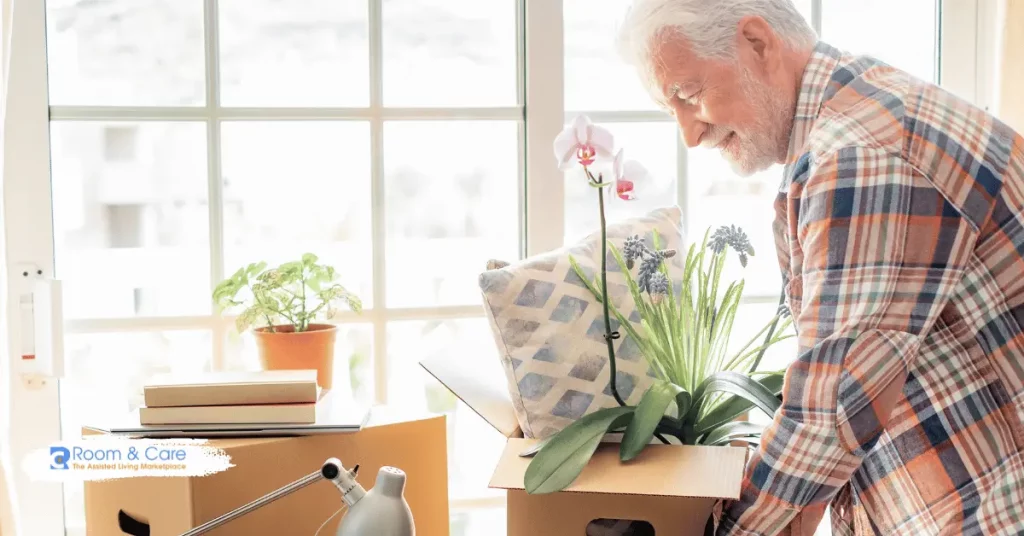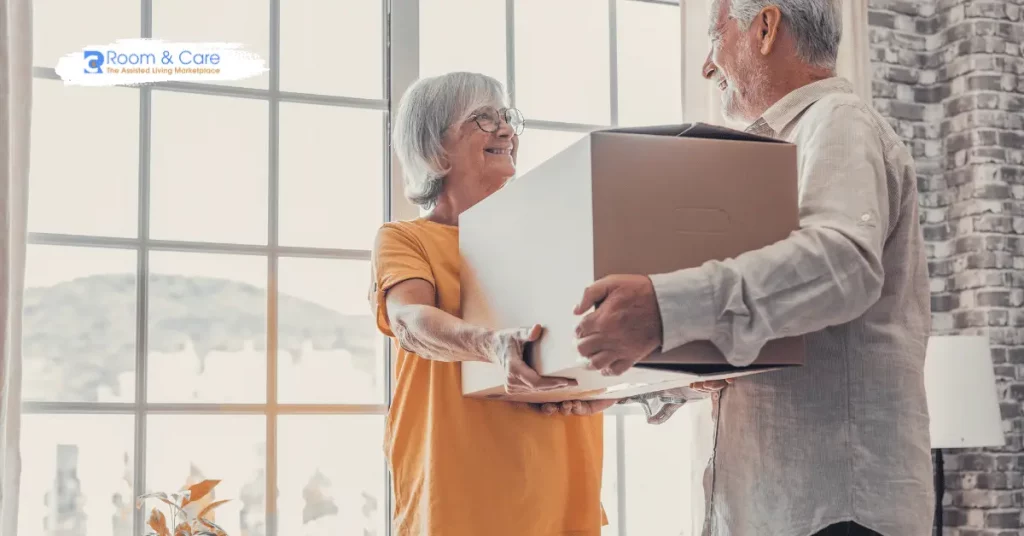

Moving to an assisted living facility is a significant transition, often accompanied by various emotions and considerations. One crucial aspect of this move is knowing what to pack for assisted living to ensure a smooth and comfortable transition. This guide aims to help you or your loved one prepare for this new chapter by providing a detailed list of essential items, practical tips, and insights to make the move as seamless as possible.
Transitioning to assisted living is more than just a physical move; it signifies a new stage in life where additional support and care become part of daily living. This move can enhance the quality of life by providing a safe environment, social opportunities, and professional care. However, packing for this transition requires thoughtful planning to ensure that the new living space feels like home.
Moving to assisted living often involves downsizing, which can be emotionally challenging. It’s essential to focus on the positives, such as less maintenance and more time to enjoy activities and social interactions. By carefully selecting what to pack, you can bring a sense of familiarity and comfort to the new living space.
When considering what to pack for assisted living, it’s crucial to balance between necessities, personal items, and comfort. Here’s a comprehensive list to help you get started:
Having important documents readily accessible is crucial for both residents and caregivers. Make sure to pack:
Packing the right clothing ensures comfort and convenience. Consider:

Ensure you have all necessary personal hygiene and grooming products:
Bringing items that provide comfort and familiarity can make the new living space feel like home:
Check with the assisted living facility about the provided furniture and what you can bring. Consider:
Maintaining hobbies and interests is crucial for mental health and happiness:
Ensure safety and accessibility with these items:
Start with a detailed packing list to ensure nothing is forgotten. Prioritize items by necessity and comfort.
Label all personal items with the resident’s name to prevent loss or mix-ups, especially clothing and small items.
Assisted living apartments vary in size. Visit the new living space beforehand to understand what can realistically fit.
If possible, involve the resident in the packing process to ensure they feel comfortable and retain a sense of control over their belongings.
Use storage bins and organizers to maximize space and keep items tidy and accessible.
When deciding what to pack for assisted living, consider the specific needs and preferences of the resident. Each individual is unique, and their packing list should reflect their lifestyle and personal comfort.
Tailor the packing list to include items that support health and mobility, such as medical supplies, assistive devices, and comfort items that cater to any specific health conditions.
Incorporate personal preferences and favorite items to help ease the transition and make the new space feel more like home.

Avoid packing items that are not allowed by the facility, such as large furniture, appliances, or potentially hazardous materials. Check with the facility for a list of prohibited items.
Personalize the space with familiar items such as family photos, favorite books, and cherished decorations. Creating a familiar environment can help ease the transition.
If the resident has special dietary needs, discuss this with the assisted living facility. They often accommodate specific dietary requirements, but it’s good to pack some favorite snacks and dietary supplements.
Ensure all medications are clearly labeled and stored safely. Provide the facility with an up-to-date list of medications and dosages.
Pack clothing and accessories suitable for different seasons, such as jackets for winter and light clothing for summer. Also, consider packing items like fans or heaters if the facility allows.
Packing for assisted living is a significant task that requires careful planning and consideration. By following this comprehensive guide on what to pack for assisted living, you can ensure a smooth transition and a comfortable living environment for yourself or your loved one. Remember, the goal is to create a space that feels like home, with all the necessary items to support daily living and personal comfort.
For those seeking the best assisted living facilities, adult family homes, memory care facilities, nursing homes, and independent living communities, visit our website, Room and Care. We offer these services with no referral fee or middlemen, ensuring direct access to the best care options at reduced costs. Explore our website to find the perfect living arrangement that meets your needs and provides peace of mind.